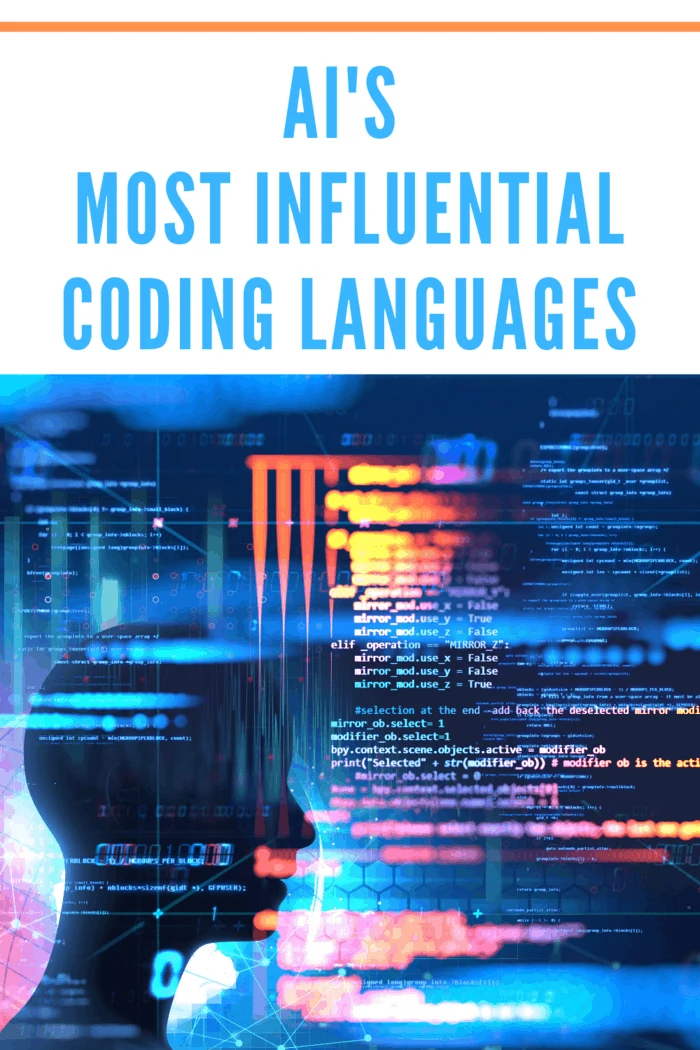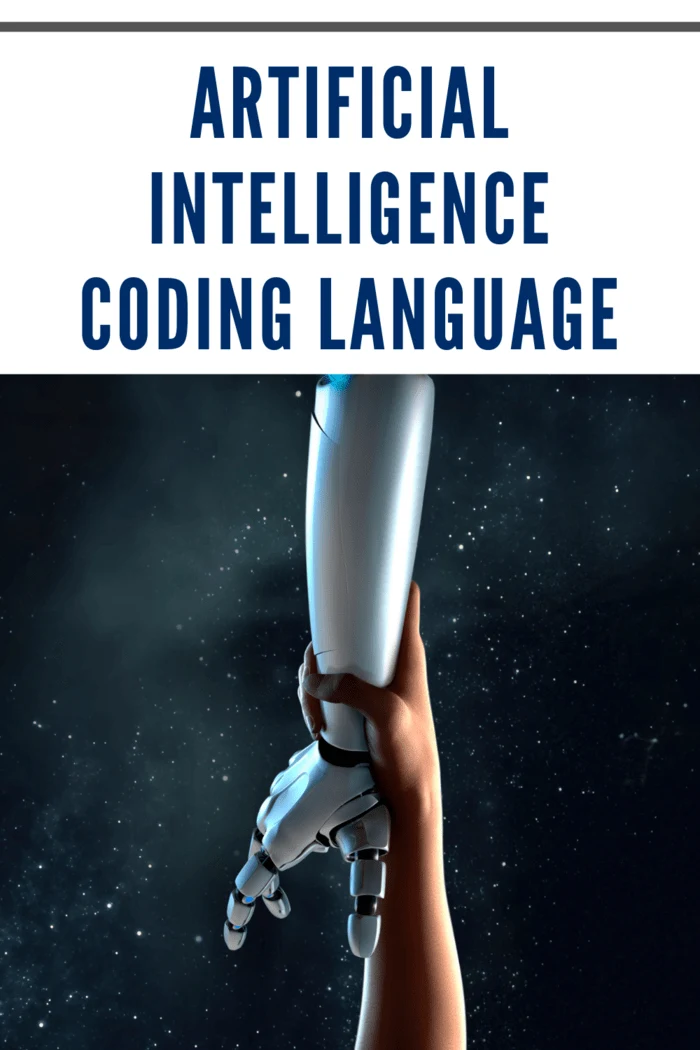Artificial Intelligence, or AI, is advancing quickly.
With between 250 and 9,000 programming languages to choose from, there is quite a bit of debate about which programming languages are the most useful.
But when it comes to artificial intelligence, few consistently rank in at least the top ten.
What makes a good programming language in AI varies from application to application.
In general, A1 developers need computational speed, ease of function, and simplicity.
Because of their adherence to each of these three qualities (and more), each of the five languages below has grown to become the most influential in the field of AI.

Coding Languages that are Shaping AI
Python
Python is the fastest-growing programming language in the world, say tiobe.com.
Its popularity is largely because the language is so incredibly easy to learn.
In fact, many schools have begun teaching Python for kids beginning at early ages and Python consistently ranks in the top coding languages for kids; check out codakid.com for more coding languages.
In addition to the ease of learning, Python also offers unparalleled community support options and pre-loaded libraries.
That means that Python saves AI developers time by enabling a simple and seamless download of many of the necessary functions and commands.
Python also makes natural language processing an incredibly easy process.
This is done using Python’s simple syntax commands and linguistic structural and text processing tools.

Lisp
Lisp is a much older programming language than many others, dating back to 1958.
It has been heavily used in the field of Ai development ever since.
One of Lisp’s greatest claims to fame as regards AI is the fact that language was created by the Father of AI himself: John McCarthy.
Not only did McCarthy design the language to be capable of performing high-power calculations, but he also intended for the language to excel in processing symbolic information.
Lisp’s use of symbolic information now enables AI developers to write programs that make machine learning a more straightforward and streamlined process.
These capabilities make Lisp one of the go-to languages for prototyping in situations that require rapid turnarounds.
Of course, it is important to know that many of Lisp’s symbolic language processing functions have also been ported over to other languages and libraries.
Although Lisp is no longer uniquely capable of this high level of performance, it is still incredibly important to AI and machine learning technicians.

Prolog
GeeksforGeeks discusses how Prolog is a logic programming language with a list of noticeable differences.
Immediately upon opening the writing software, the key point that sets Prolog apart from other programming languages becomes visible: Prolog is a declarative programming language.
Unlike Python, for example, Prolog functions by expressing logic as relations.
Since relation-forming is the base essence of learning, these functions have enabled Prolog to rise to the forefront of machine learning and artificial intelligence.
Pattern-matching with Prolog is easier than in almost any other language in the field of AI.
Through the process of unification, programmers become capable of further refining the pattern-recognition skills of their AIs, making them even more “real.”

Julia
Julia is a programming language developed by researchers at MIT for the purpose of handling high-performance numerical computation and analysis.
Since the development of AI often requires human-like (or better) decision-making, which in turn requires fast-paced calculations to be made, Julia is on the track to becoming one of the forerunners in the field of AI.
Of course, Julia is more of an up-and-comer than a current champion, so to speak.
Python and the dying Java are still far more popular on the world stage today.
However, Julia’s popularity in the field of artificial intelligence seems to be increasing every day.
As an open-source language, Julia is capable of handling a wide variety of needs and can be customized to satisfy the demands of just about any project.
That said, the core of Julia remains a numerical processing machine.
Haskell
Haskell was created in the 1990s based on the older Miranda language.
Through the use of static general typing and a detailed, standardized syntax, Haskell has grown to become one of the most popular programming languages in academic organizations.
Despite the fact that Facebook and Google have both begun a foray into the realm of Haskell, the use of the language has been primarily relegated to the world of academics and research.
The reason for that is Haskell’s ability to process abstract mathematical equations with relative ease, something that other academic programming languages–like Java–simply cannot do.
Haskell’s ability to rapidly process abstract mathematical equations has made it a prime candidate for use in machine learning, which is a major aspect of artificial intelligence.
Conclusion
The majority of bases have been covered between Python, Lisp, Prolog, Julia, and Haskell.
Of course, other programming languages are also wildly common among AI developers (e.g., Java and C++), but these five are the languages that are shaping AI the most.
Throughout all of 2020, keep an eye on which languages produce the most solid results.
You’ll be sure to notice plenty of these five languages in action.
